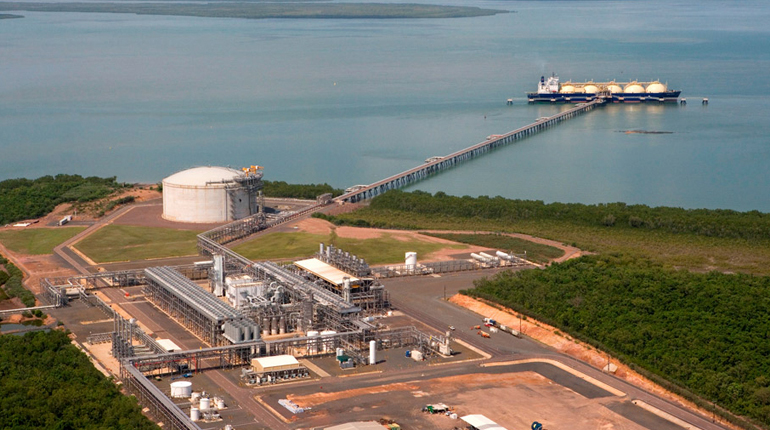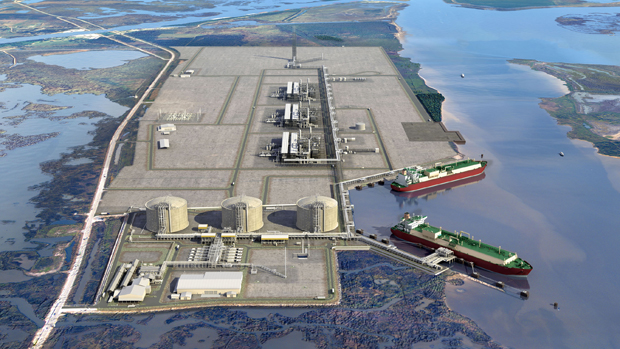Iranian President Hassan Rouhani has pledged to plug the hole in Pakistan’s gas supply via the long-awaited Iran-Pakistan pipeline, but a former Pakistani government official has cautioned Islamabad not to get its hopes up.
Speaking to Interfax Natural Gas Daily last week, Shahid Sattar, former member for energy at Pakistan’s Planning Commission, described Rouhani’s words as "a political statement" and said neither Pakistan nor Iran were ready to fulfill the roles required of them by the project.
"Pakistan is not ready with the infrastructure and, as a result of international sanctions on Iran, there has been no serious drilling there either," said Sattar.
"Until now, the gas produced in Iran is either consumed locally or reinjected into oil wells to boost production. Iran also has one export pipeline to Turkey that is operational, but that is regularly shut down during the winter months. Further, Iran is currently a gas-deficient nation, so if there’s any domestic shortage they will not export gas to Pakistan. So Iran has sufficient gas reserves but not enough production and it needs to drill more wells in the South Pars gas field," he continued.
Sattar said Iran would need to ramp up development at South Pars considerably to meet the pipeline’s capacity of 21.24 million cubic metres per day (MMcm/d) – a process he predicted would take until the end of the decade.
"In the absence of any major international developments, the drilling and purification process will require at least four years from the time it starts," he said.
Sattar said Iran’s claims that it has laid significant groundwork for the pipeline were "stretching it a bit", given the nodes on its current domestic pipeline network already lie just 100 km from the Pakistani border.
He refused to disclose the final price for Iranain gas, but said it would be "similar to the current LNG price, which is in the range of 12-12% of the JCC [Japan Crude Cocktail] price".
The China question
Talk of Chinese investment in the Pakistani section of the pipeline led some to believe it would be fast tracked. However, Sattar said that, although China has committed to creating LNG-related infrastructure in Gwadar, the agreement for the gas pipeline has yet to be finalised.
He added that confirmation the Chinese were ready to begin construction would be a major boost to the project.
"The most credible signal for the development of the pipeline will be the finalisation of the financing and construction agreement with the Chinese government for the Gwadar-Nawabshah phase of the pipeline," said Sattar.
The pipeline, on which work began in July 2015, according to Pakistan’s petroleum minister Shahid Abbasi, is expected to deliver gas from South Pars to the town of Nawabshah in Pakistan’s Sindh province.
The first phase of the route will connect Nawabshah to the Pakistani port of Gwadar, while the second phase will close the 80 km gap between Gwadar and the Iran-Pakistan border.
The pipeline’s capacity equates to roughly 12% of Pakistan’s total gas demand and about 5% of the country’s total energy requirements. Pakistan produces only 118 MMcm/d domestically, while demand is 227 MMcm/d, according to figures reported by The Express Tribune.
Sattar said that, given significant pipeline supplies were likely some years away, urgent action was needed by the Pakistani government to mitigate the country’s gas shortage.
"On the demand side, they need to rationalise gas prices and, with it, demand. At the moment, gas is subsidised and is priced at one-fifth of the price of alternative energy sources, which has driven up demand. For example, domestic consumers pay INR 2/kWh [$0.03/kWh] whereas production costs are INR 10/kWh," he said.
"Further, piped gas to domestic consumers only goes to 30% of all households, which tend to be in wealthier, urban areas. The rest of the households use more expensive alternatives – like coal or wood – for cooking. So this subsidised gas is going to the relatively better-off population rather than the poor. So demand-side management and pricing reform will help curtail demand to a large extent," he continued.
Sattar pointed to Pakistan’s undeveloped upstream sector as a potential area for growth, a move that would help reduce the country’s reliance on imported LNG.
"Pakistan has a fair amount of unexplored areas for gas. Our own drilling efforts have been torpedoed by a host of issues, including the government’s pricing policies. […] We need to speed up our own exploration efforts and open up the market to foreign oil companies," he said.








Talk to us
Natural Gas Daily welcomes your comments. Email us at [email protected].